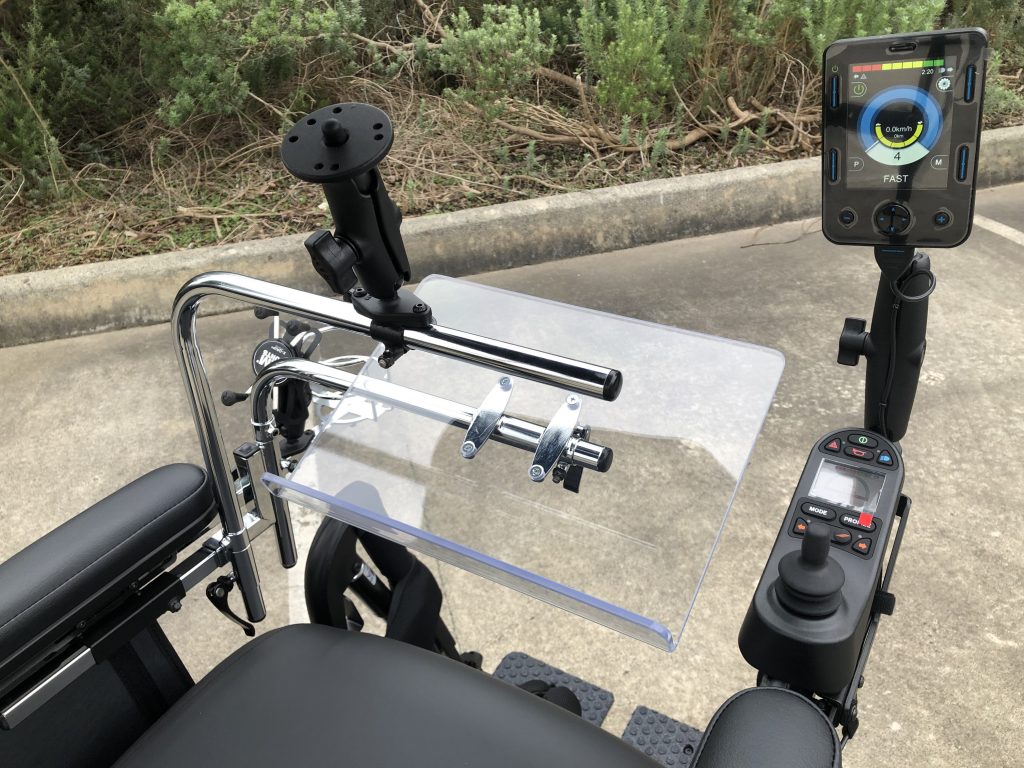Tennessee State Parks’ commitment to inclusive access
Thanks to Tennessee State Parks’ commitment to inclusive ...
Read MoreLast month, we rounded up all the available controls to help you find the one that’s right for you. This edition, we’re talking more about the Penny & Giles R-net Omni 2 switch controller.
The Omni 2 is now the standard switch controller for Magic Mobility powerchairs, and is used with your choice of specialty control.
It has an ultra slimline display for large, clear graphics. This is coupled with an in-built light sensor, and automatically adjusts the display brightness for improved visibility depending on your environment.
The Omni 2 features a second input section for Specialty Input Device (SID) connections. The Input Section also has an integrated USB port as standard, for accessory charging on the go.
We recommend using the Omni 2 when specialty controls are required for those with limited motor skills. A multitude of settings can be pre-programmed for users, and it also has Bluetooth connectivity as standard.
The Omni 2 features Infra-Red (IR) communications, to remotely control household devices such as TVs, DVD players and more.
Its On-Board Programming (OBP) is easy to navigate, and can be customised to you.
The Omni 2 comes standard with a sip/puff controller connection, and a large speaker with programmable horn volume.
With connect-and-go capabilities, it can be retrofitted to any compatible R-net system.

Are you interested in learning more about the Omni2? Contact us to find a dealer in your area.
Thanks to Tennessee State Parks’ commitment to inclusive ...
Read MoreBe it in summer or winter, two new Extreme X8 users share ...
Read MoreOur award-winning Magic 360 is now available in the USA and ...
Read MoreThis website uses cookies to ensure you get best experience on our website.